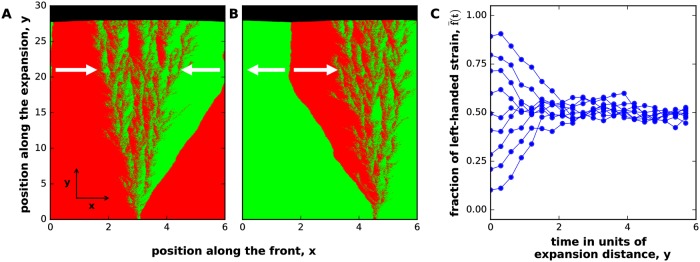Fig 3. Selection for coexistence between strains with opposite handedness.
Panel (A) shows that a left-handed mutant (shown in green) can invade a right-handed population (shown in red). The reverse invasion also occurs and is shown in panel (B). This negative frequency-dependent selection is further illustrated in panel (C), which shows how , the spatially averaged relative abundance of the first strain, changes over time starting from different initial conditions. At t = 0, the strains are spatially separated in (A) and (B), but well-mixed in (C). In this figure, the strains have exactly opposite chiralities, but coexistence occurs more generally; see Fig 7. Note that the selection for coexistence relies on the presence of boundaries between the strains. When strains intermix (as shown in this figure), we observe a strong and time-invariant selection for coexistence. When strains do not intermix (see Figs 5 and 6), the number of boundaries slowly declines over time due to neutral coarsening [18, 41]. In such cases, robust coexistence relies on occasional external re-mixing events, e.g. during the establishment of a new colony. Here, m0 = ms = mb = md = 0, g = 0.1, N = 200 for both strains. , , , on a lattice of 600x3000 sites. All distances were measured in 100 units where Δx = Δy = 1 unit.

